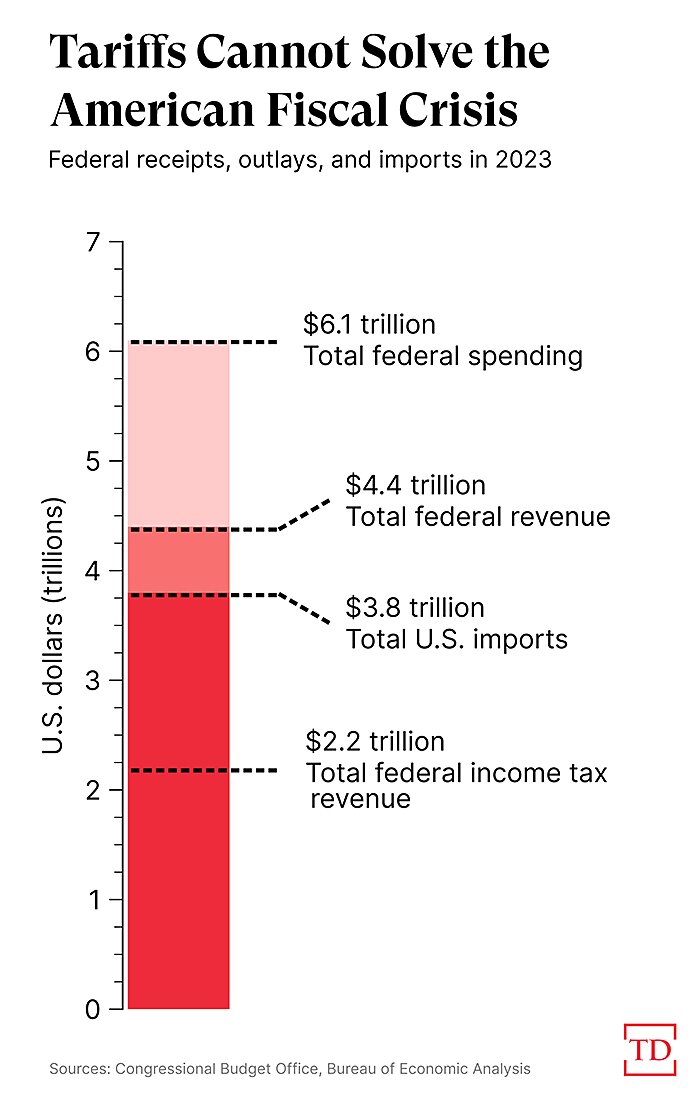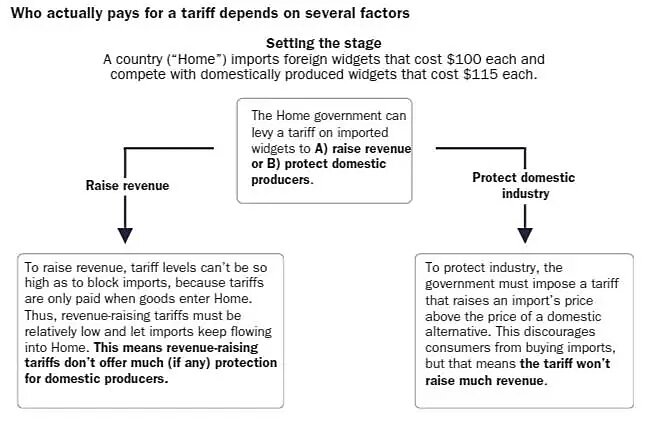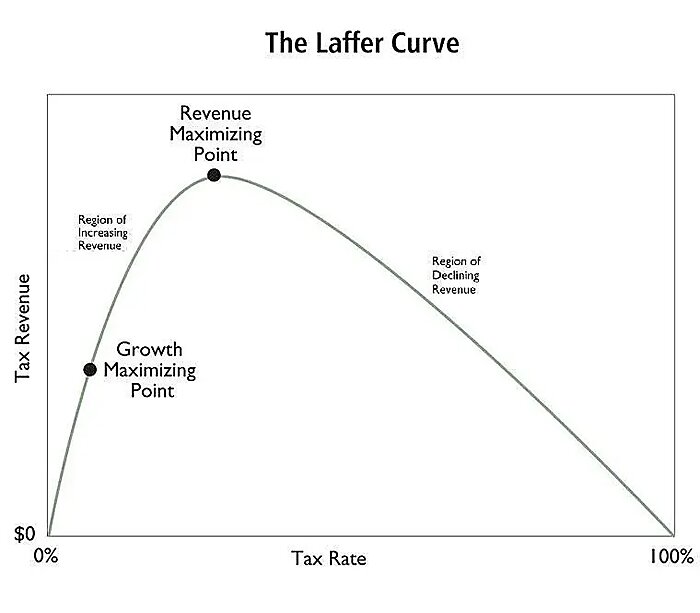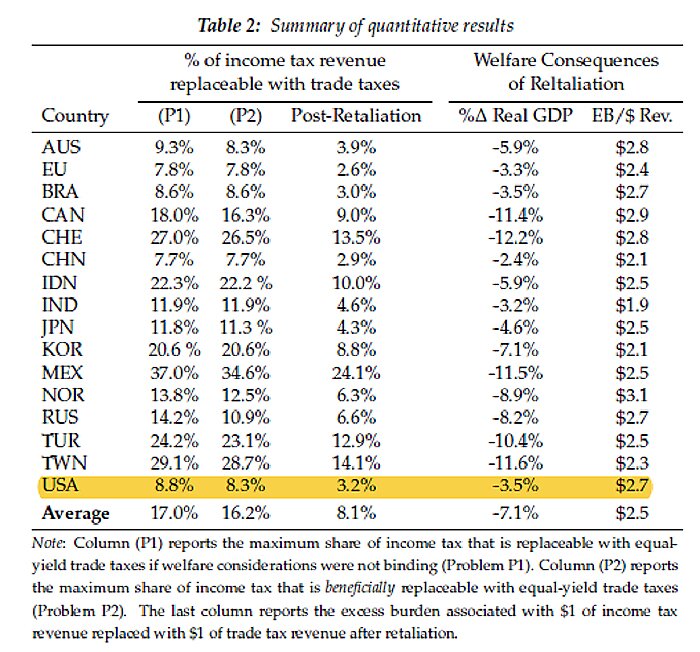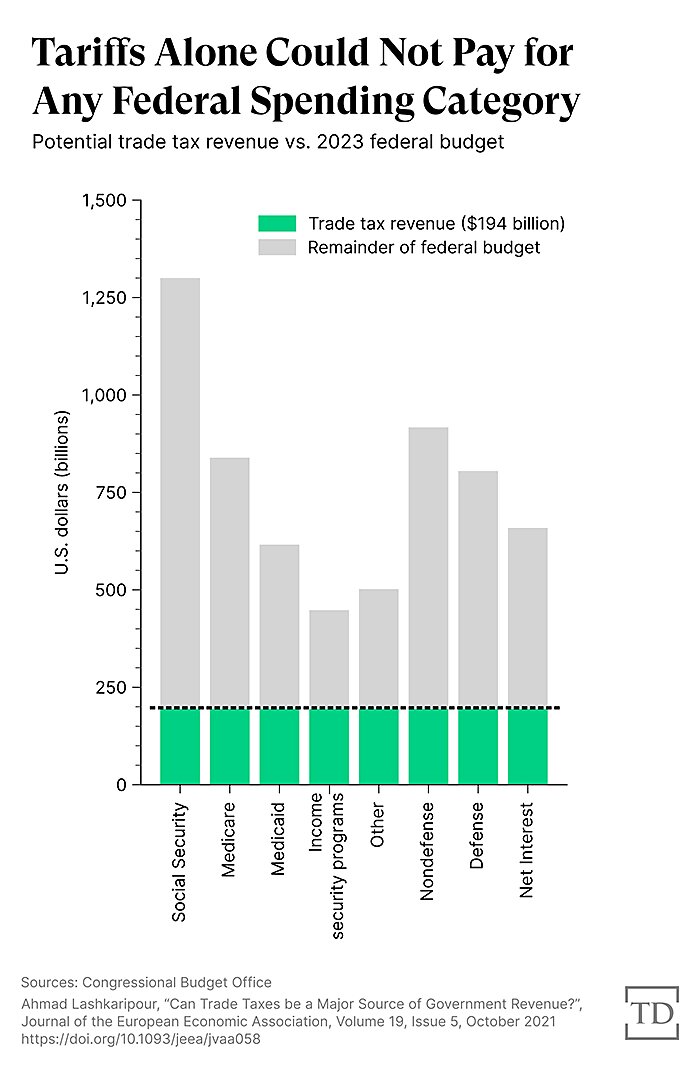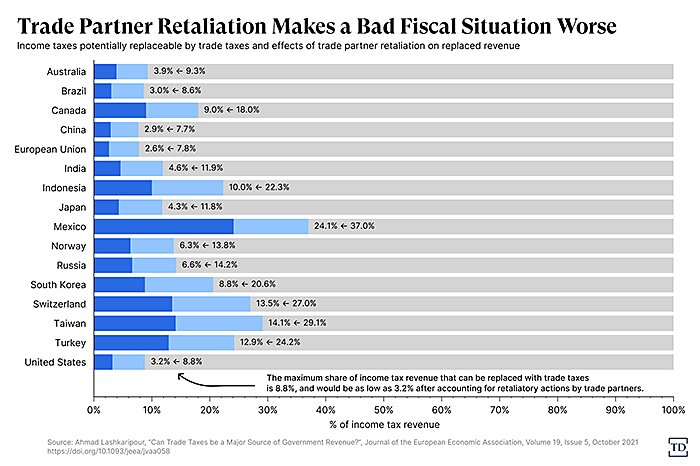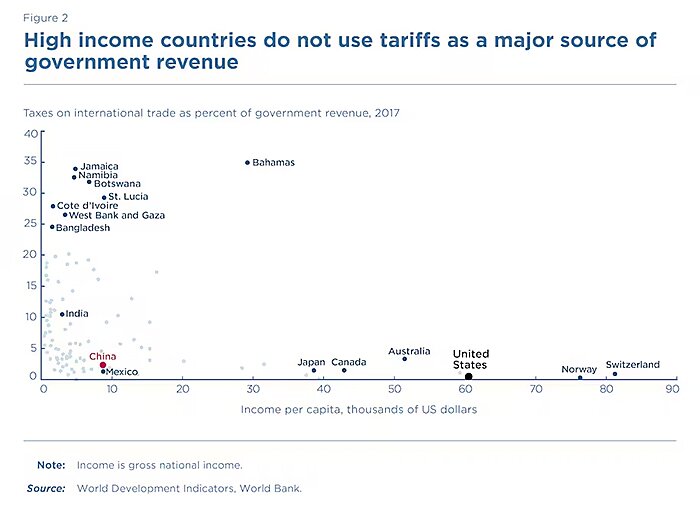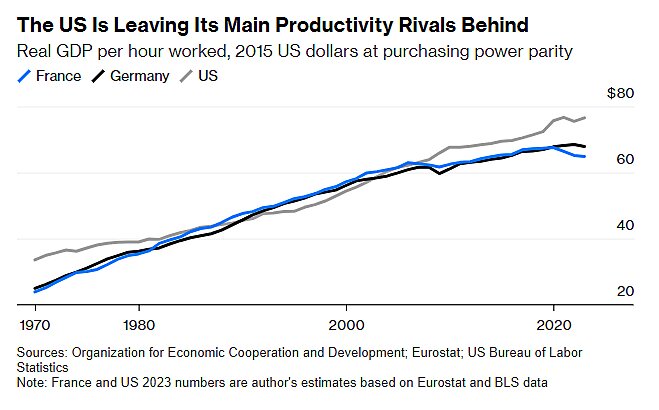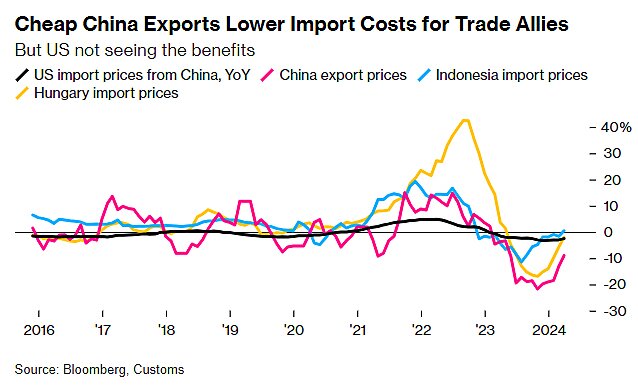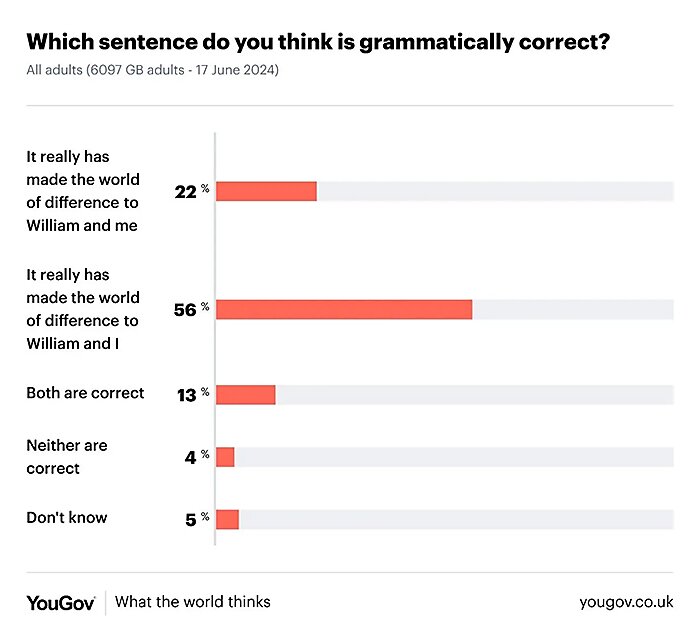Lashkaripour’s calculations are just one estimate, of course, but they’re overly generous in at least one way: They include export taxes that Trump isn’t proposing and that are unconstitutional. Regardless, even if you double or triple his figures, you’re still not getting anywhere in terms of paying for even a sliver of current U.S. government operations.
That point is worth reiterating, as some have argued for Trump’s idea because it would necessarily mean less spending—something I, being a libertarian and all, also strongly support. But c’mon, folks, let’s get real. Forget for a second the small fact that Trump was a big spender when in office and isn’t promising any serious spending cuts—especially not to entitlements, which drive our long-term spending problem. There is no remotely plausible situation in which the numbers here work.
By contrast, consider my Cato colleague Adam Michel’s brand new and intellectually serious plan to radically improve the tax code. He recommends steep tax cuts that would reduce tax revenues if implemented. The tax cuts could/should be best paired with spending cuts, but he also offers offsetting changes to the income tax that would raise trillions of dollars (closing loopholes, repealing tax credits, etc.) and make the plan roughly revenue-neutral in the off chance (sarcasm, again) that Congress is not ready to make dramatic spending reforms. All scenarios generate trillions of dollars more revenue than tariffs ever could.
So, yes, we need to enact bold tax and spending reforms. But relying on tariffs? It’s unicorn math all the way down.
The Practical Problems
The tariff plan would also be plagued with practical problems. In just coverage alone, would Trump’s tariffs apply to all imported necessities like food and beverages (almost $200 billion last year); clothing ($51 billion); shoes ($18 billion); and medicines ($203 billion)? Would it apply to the almost half of all imported goods that are industrial inputs used by American manufacturers to produce (and often export) other stuff? Would it apply to that $700-plus billion in services, including the ever-increasing share transmitted digitally or the $149 billion that Americans spent traveling abroad last year (considered a “travel services import”)? Would it apply to Americans’ personal, small-dollar purchases of retail items, whether made as tourists abroad or via direct mail?
The list goes on and on.
Indeed, as York reminded us Monday, these kinds of sensitivities pushed Trump in 2019 to balk at applying tariffs on many consumer-facing goods from China (he supposedly didn’t want them to spoil Americans’ Christmas season—LOL). Now we’re to expect tariffs on everything from everywhere, including stuff like tropical fruit or trips to Paris that you just can’t get here, American consumers be damned? Seems unlikely.
And this brings us to the next practical problem: administrability and evasion. Exceptions and exemptions mean not only a narrower, opaque tax base and less tariff revenue but also more difficulty determining what to tax and collecting any taxes that ultimately apply. Tariff rates would also need to vary by product to maximize revenue (see “elasticities” discussion above). For goods alone, however, there are more than 17,000 unique items listed in the current U.S. tariff code, and even with that level of detail there are constant legal disputes about what line applies to some random product.
New and variable tariffs would increase these disputes and efforts to game the new system. Small-dollar personal purchases from abroad, for example, are now controversial in part because these “de minimis” imports exploded after Trump’s last rounds of tariffs. More tariffs would lead to more searches for loopholes and even more creative “tariff engineering,” not to mention good ol’ smuggling. (In a new blog post, York estimates that as much as 15 percent of tariff revenue would be lost to this kind of “noncompliance.”) Global supply chains would similarly adapt. Markets never stand still.
Services could be even messier, especially when embedded in manufactured goods or delivered digitally. For example, a U.S.-based person or company (e.g., Netflix) could import a single digital item (e.g., Squid Game), and then resell copies of it in the U.S. for billions of dollars. Software and other digital goods, meanwhile, can also be classified as a “service.” The opportunity for evasion is endless, and enforcement would require an army of tax collectors stationed at U.S. borders and in Washington to monitor our every email, zoom call, and invoice. (Bring on the new U.S. Pirate Force!)
As I wrote years ago, “We live in a strikingly different world today than the one inhabited by supposed protectionist champions such as Alexander Hamilton and Abraham Lincoln.” Theirs was a world with less global trade (especially in services), few transnational supply chains, national economies reliant on agriculture and a few basic manufacturers, and people who would’ve (rightly!) considered digital trade to be witchcraft. For these and other reasons, looking to the 1800s for trade policy inspiration isn’t just economically wrongheaded; it’s foolish.
Yet here we are.
The ‘And Then What Happens?’ Problem
Finally, there’s what happens after these tariffs are imposed, both here and abroad. On the latter, many countries would surely respond to new U.S. tariffs with tariffs of their own on American goods and services. That retaliation would hurt U.S. exporters (farmers, sure, but also in tech and other important, world-beating services) and the economy, just as retaliation to Trump’s previous tariffs did years ago. However, as Lashkaripour shows in his paper, it’d also hurt government revenues.
In particular, he finds that a revenue-maximizing tariff regime and the full-fledged trade war that follows would generate significant distortions (as compared to a low-tariff regime with an income tax) that reduce U.S. real GDP, shrink the U.S. tax base, and in turn force the federal government to impose other domestic taxes to make up for the revenue shortfall. Thus, per his calculations, tariffs in a trade war scenario not only make us all poorer but also would end up raising just 3.3 percent (dark blue bar) of the revenue that our current income tax generates:
